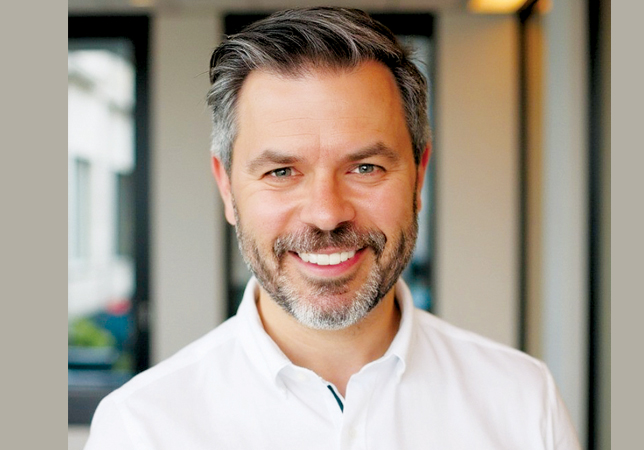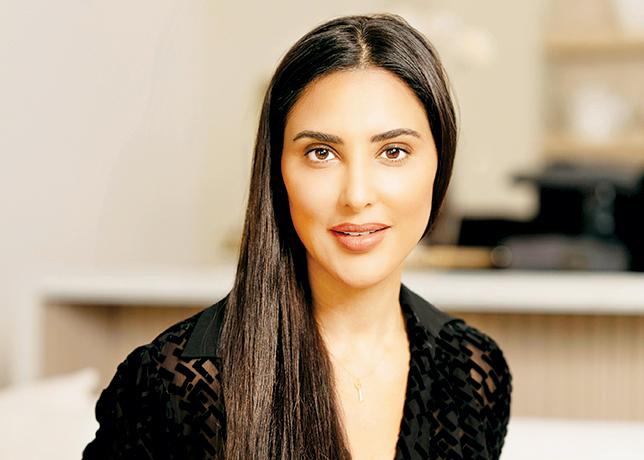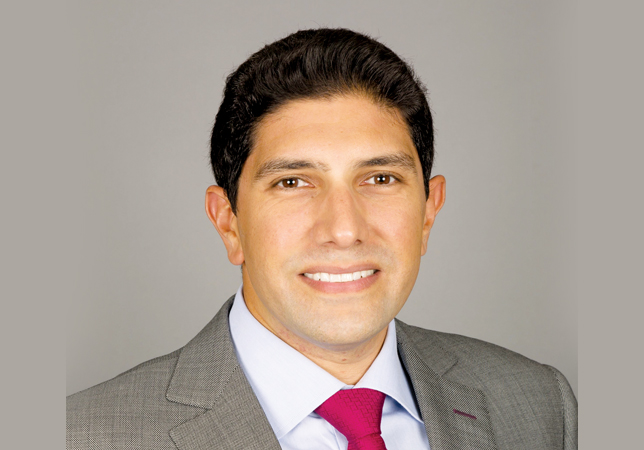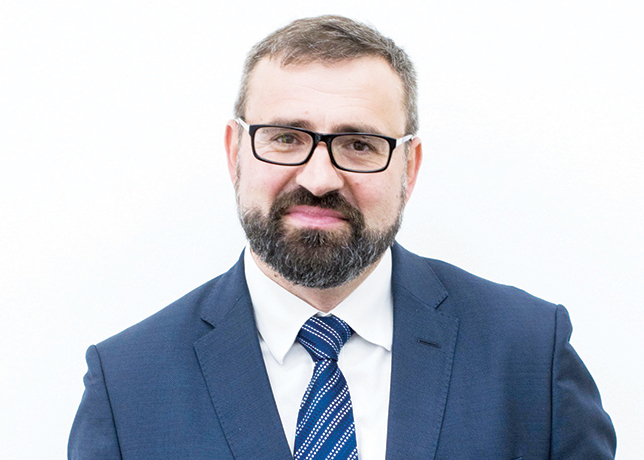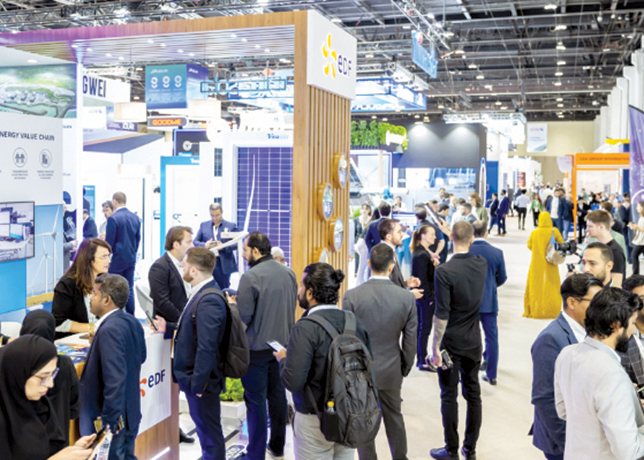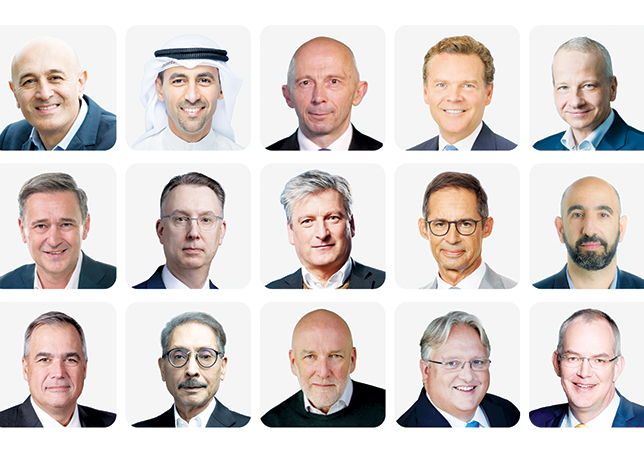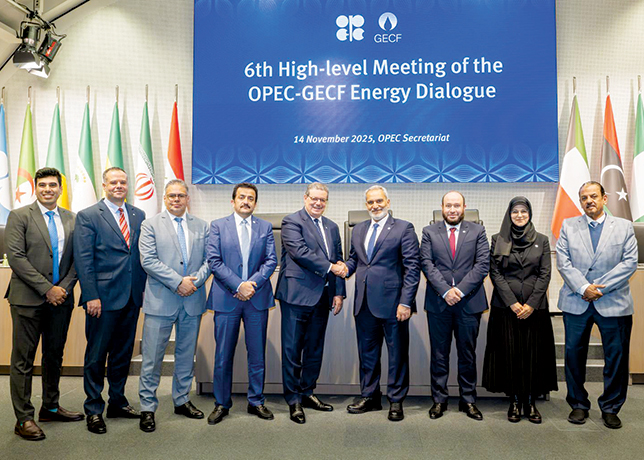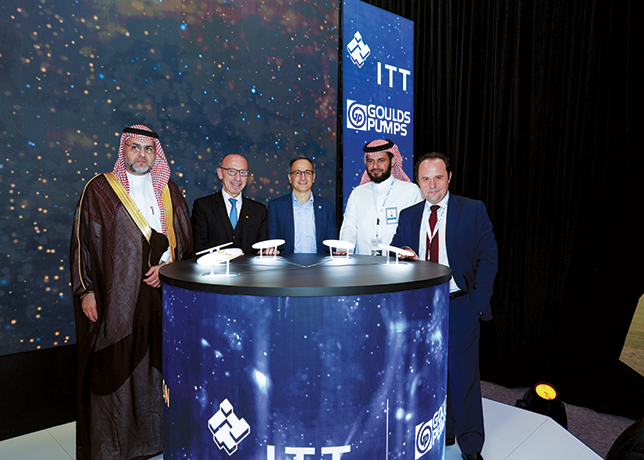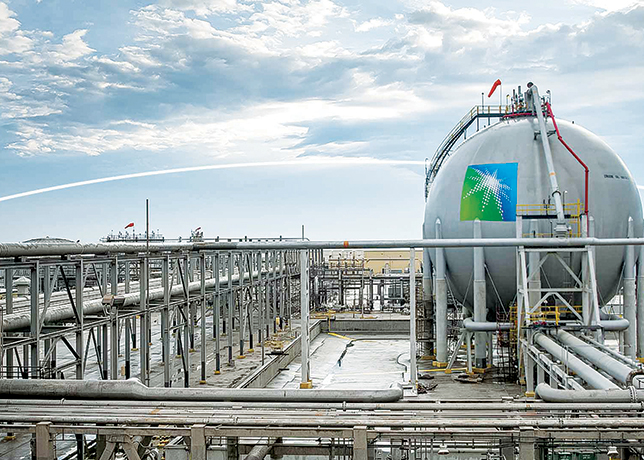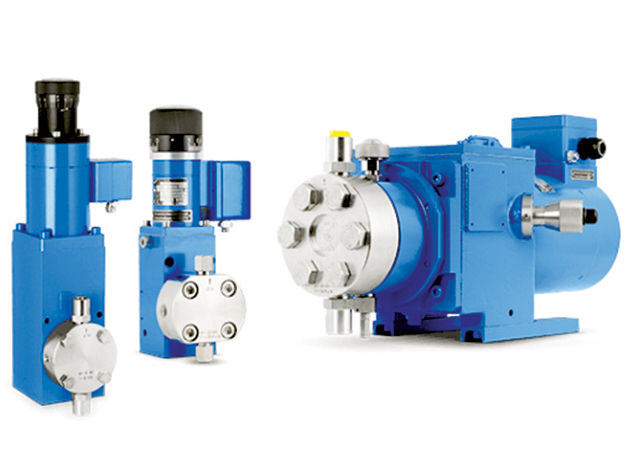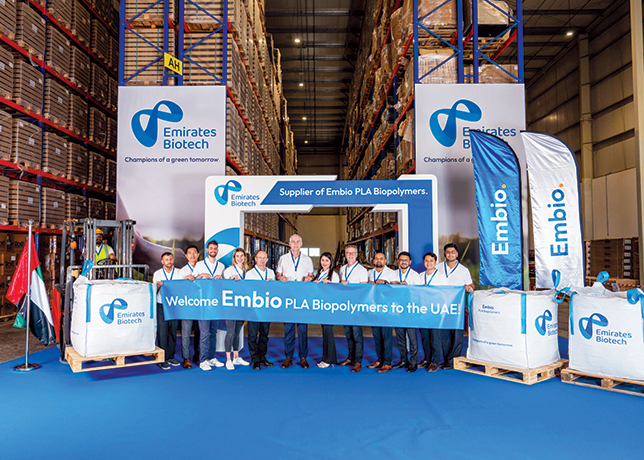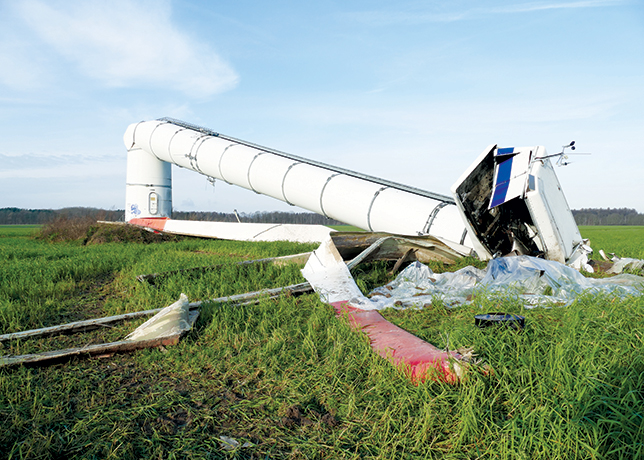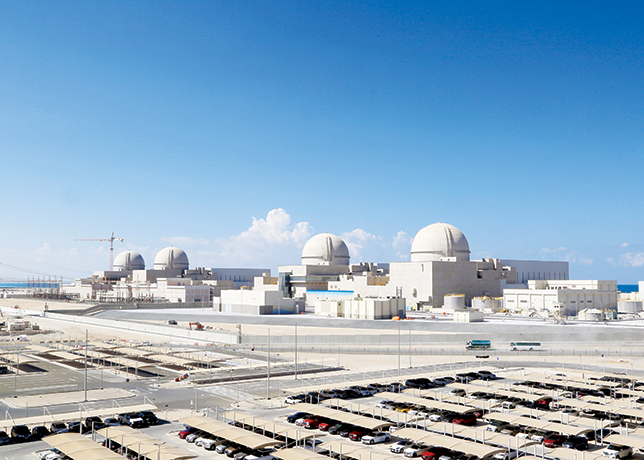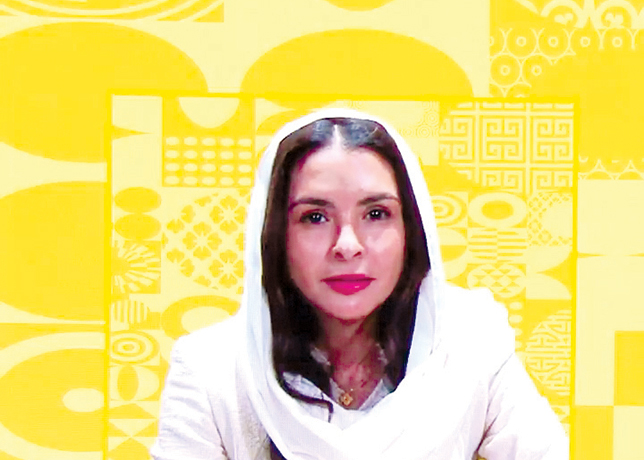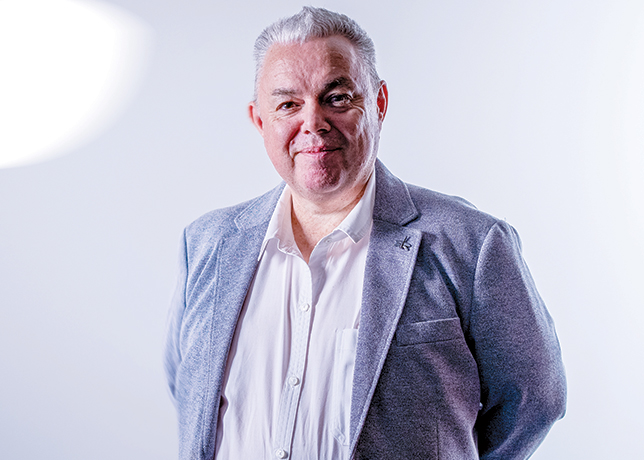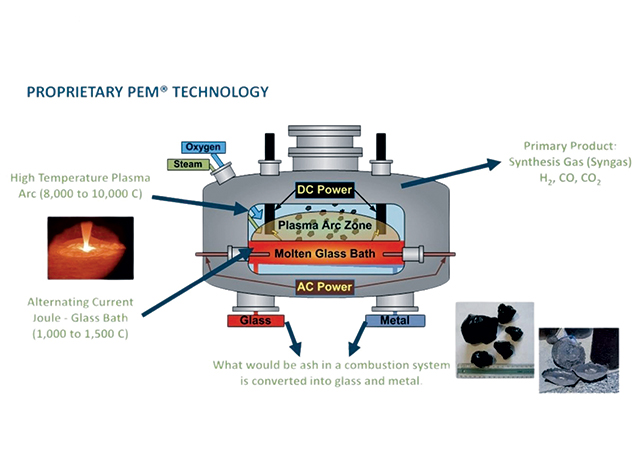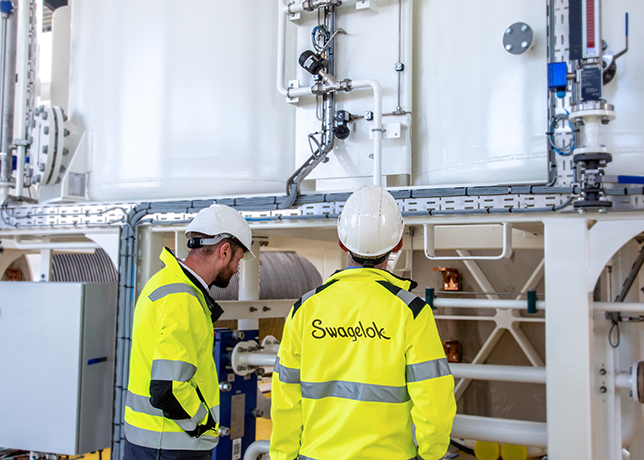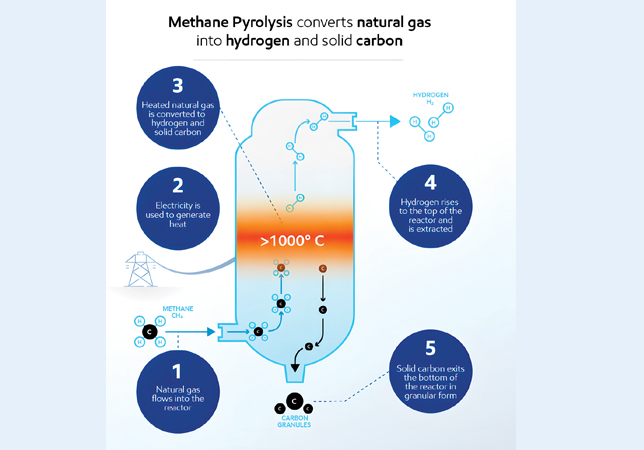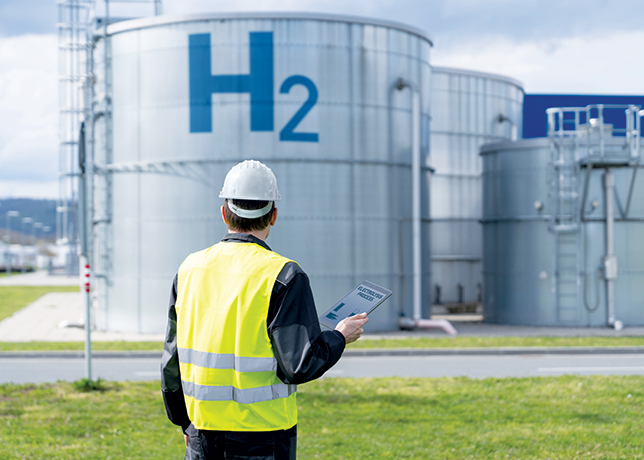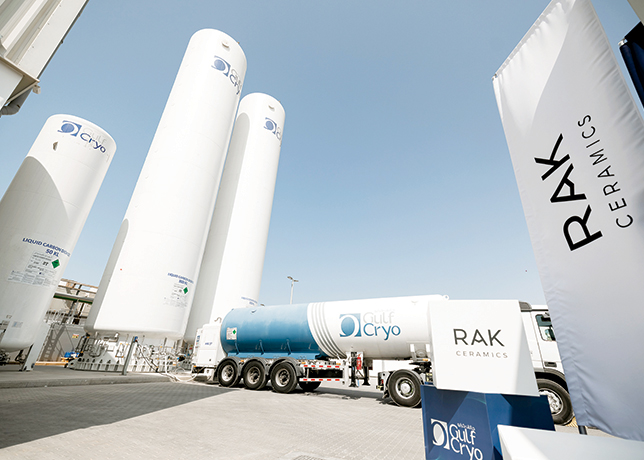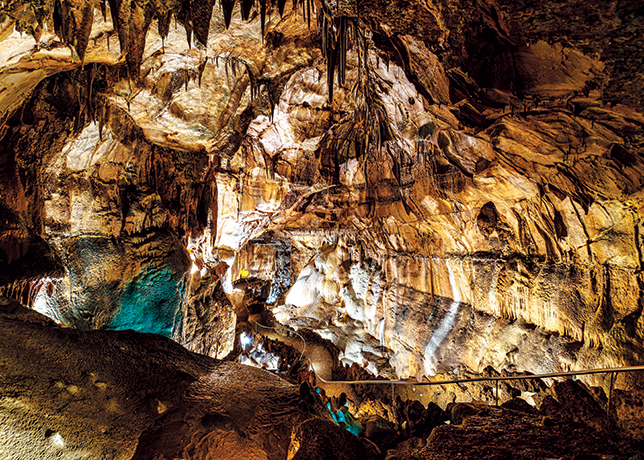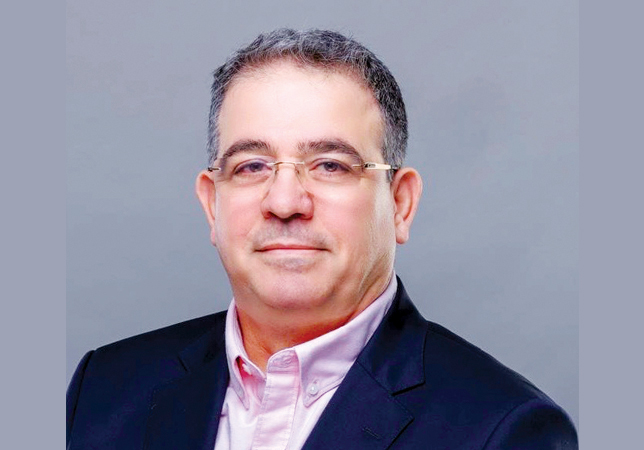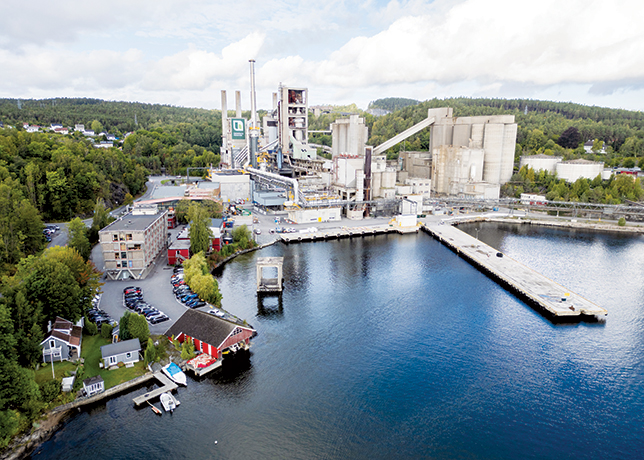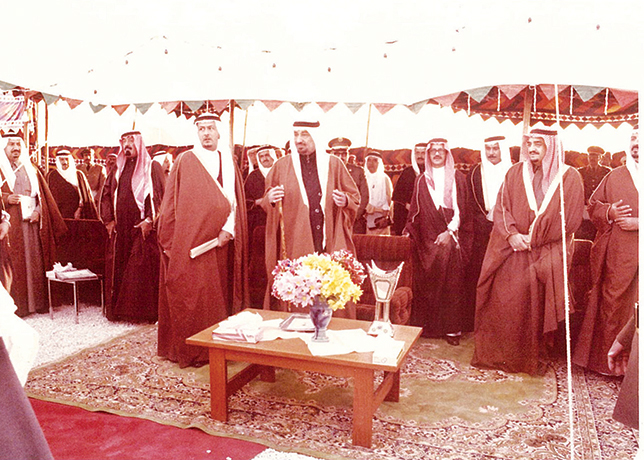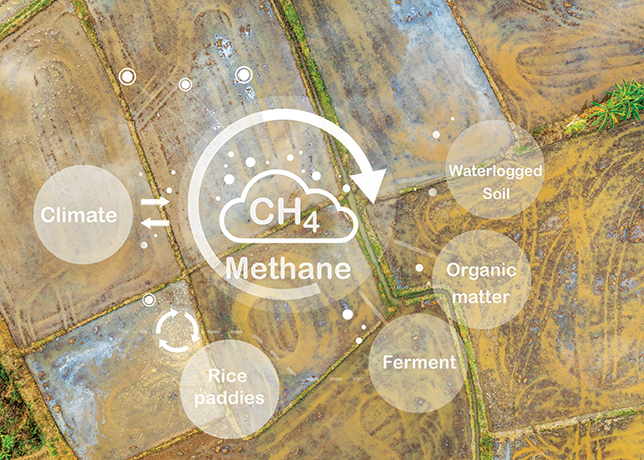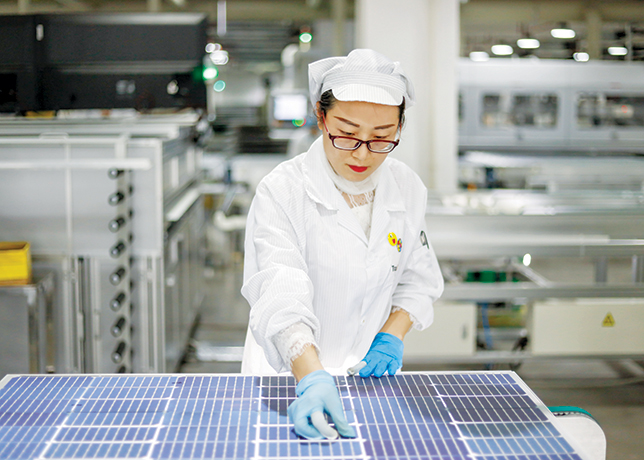

1976
Sabic established by Royal Decree
1977-78
World class Sabic industries’ developed in Saudi Arabia’s new industrial cities at Al-Jubail on the Gulf and Yanbu on the Red Sea.
1979
Sabic’s first industries formed: Ar-Razi, Samad, Hadeed, Sulb and Safco become Sabic manufacturing affiliates. Gulf region partnerships created with Alba, Garmco and GPIC in Bahrain.
1980
Kemya, Sadaf and Yanpet formed.
1981
Ibn Sina, Petrokemya, Sharq formed.
1982
Sabic’s industries under construction at Al-Jubail and Yanbu Industrial Cities.
1983
New Sabic headquarters opens in Riyadh. Ar-Razi, Samad and Hadeed begin production. Sabic Marketing and Sabic Marketing Services established. Gas formed. Total employment stands at 5,489.
1984
Sabic prepares 5-year plan for second generation of growth. Custodian of the Two Holy Mosques, King Fahad bin Abdulaziz, inaugurates Ar-Razi, Samad and Hadeed. Ibn Sina, Sadaf, Kemya, Yanpet and Gas begin production. Ibn Hayyan and Ibn Zahr formed. Ladene becomes the tradename for Sabic plastic resins. First Sabic shares issued for public subscription. Total employment stands at 6,953.
1985
Ibn Al-Baytar formed. Petrokemya and Sharq begin production. Sabic affiliates fully operational. First international corporate/product advertising programme launched. Total production reaches 6.3 million tonnes. Total employment stands at 8,001.
1986
Sabic records first decade of growth. Ibn Hayyan begins production. Ladene plastics featured at K’86 Dusseldorf trade fair. Total production is 9 million tonnes. and employment stands at 8,139.
1987
Ibn Al-Baytar begins production. Sabic announces 10 for 1 stock split. Sabic pays first dividend of SR25 to shareholders. Marketing offices established in London, New York and Tokyo. Sabic R&T complex development announced. Total production is 9.8 million tonnes. Total employment is 8,105.
1988
Sabic lauded as “Middle East’s most dynamic heavy industries company”. Ibn Zahr begins production. Technical Service Laboratory opens. Total production is 10.9 million tonnes.
1989
All 15 first generation affiliates fully operational. Total production is 11.5 million tonnes. Employment is 8,938.
1990
Sabic manufacturing and marketing operate normally in spite of Gulf Crisis. Second generation expansion projects launched. NCC (National Chemical Carriers) shipping company formed. Sanapik (Saudi Arabian Fertilizer Marketing Company) established. Total production is 13 million tonnes. Employment is 8,752.
1991
Sabic maintains full capacity production in all industries through Gulf crisis. Safco to build second fertiliser complex at Al-Jubail. Sabic Industrial Complex for Research and Technology opens in Riyadh. Total production is 13 million tonnes. Employment is 9,730.
1992
Ar-Razi doubles capacity to become world’s largest producer of chemical grade methanol. Ibn Rushd (Arabian Industrial Fiber Co), Sabic’s 16th affiliate to be built at Yanbu. Samad to produce 2-EH (DI-ethyl hexanol). Sabic Marketing opens Singapore office. TQM - Total Quality Management drive launched. Five Sabic companies gain ISO 9002 certification. Total production is 15.7 million tonnes. Employment is 11,137.
1993
A new marketing company is established in New Delhi, India to serve the sub-continent. Samad and Safco agree to merge fertiliser service functions with Ibn Al-Baytar. 350 factories in Saudi Arabia supplied with Sabic products. 700,000 tonnes. of tonnes MTBE production capacity added at Ibn Zahr. 1,100,000 tonnes. additional urea and ammonia production capacity from the new Safco complex. Total production is 17,112,600 tonnes. Employment is 11,422.
1994
Safco and Ibn Al-Baytar merge operations. Sadaf to add tonnesBE to product portfolio. Sabic Services takes on corporate wide responsibilities. Marketing office established in France. Hadeed produces more than 2.6 million tonnes. of finished steel products. Manufacturing output at Sabic’s three fertilizer companies stands at over 4.6 million tonnes. Total production is 20.76 million tonnes.
1995
Dr Hashim Yamani named as new Sabic Chairman. Formation of Sabtank (Sabic Services Terminal Co) at Al-Jubail to manage and operate liquid product terminal services at Al-Jubail port. Ibn Ruhd comes on stream in Yanbu. Production starts at Samad’s world scale 2-EH plant in Al-Jubail. Marketing offices officially opened in Germany and Italy. Total production is 21,996 million tonnes. Employment is 12,000.
1996
Ibn Rushd phase 1 officially inaugurated and foundation stones laid for next two phases. Sabic launches first international TV advertising campaign. Samad begins production of DOP (Di-octyl phthalate) Letter of intent signed to expand ammonia and urea capacity at Safco. Three expansion projects under way at Sharq. Agreement to create new company to manufacture plastic products - Ibn Hayyan Plastic Products Company in Al-Jubail. Expansion of Hadeed complex underway and addition of 850,000 tonnes. of flat steel production. Sabic is now largest joint stock company in Middle East. Total production is 23 million tonnes. Employment is 13,139.
1997
Sabic’s first overseas R&T facility opens in Houston, Texas. Management structure organized into Strategic Business Units (SBU’s). New Sabic Corporate identification “wordmark” is introduced. All Sabic manufacturing affiliates and the marketing organisation are now ISO 9002 quality certified. Total production is nearly 24 million tonnes. Employment is 14,238.
1998
Construction of a second Sabic Technology Center (STC) begins in India. Management re-organization into Strategic Business Units (SBU’s) continues. Total production is 25 million tonnes. Employment is 15,951.
2000
Sabic continues expansion plans with approval for its 17th affiliate in Saudi Arabia, UNITED (Jubail United Petrochemical Company) to be based in the Al-Jubail Industrial City. The new plant is scheduled to come on stream in late 2004/2005 and will produce ethylene, ethylene glycol (EG) and linear alpha olefins (LAO’s). Sabic also announces expansion at Petrokemya, (Arabian Petrochemical Company) with plans for additional 800,000 tonnes per year (tpy) of new polyethylene (PE) capacity at two new plants.
New plastic products from Tayf (Ibn Hayyan Plastic Products Company) as Sabic launches a range of interior and exterior industrial and consumer durable plastic products under the brand name Farah (Arabic for happiness).
Sabic invests in ChemConnect, an electronic commerce company operating one of the leading chemicals and plastics trading exchanges.
More than 1.6 million tpy of new olefins capacity brought on stream at Yanpet (Saudi Yanbu Petrochemical Company) and Kemya (Al-Jubail Petrochemical Company).
Hadeed (Saudi Iron and Steel Company) begins commercial production of flat steel products.
Sabic develops a new process for Acetic Acid production from ethane through ethane oxidation.
Petrodemya (Arabian Petrochemical Company) completes its Olefins lll expansion adding almost 1 million mt/y to capacity.
Sabic Internet site https://www.sabic.com/ launched. New branding and packaging for products also unveiled.
Implementation of Fanar Business Transformation Project launched to establish a single ERP/SAP IT system across Sabic’s global network.
2001
Sabic receives GCC environmental award.
Sabic develops new technology for production of Linear Alpha Olefins (LAO’s) with German company Linde AG.
UNITED awards contracts for its ethylene plant to consortium of Halliburton KBR, Chiyoda Corporation and Mitsubishi Corporation.
Total production capacity reaches over 35 million tpy.
2002
Sabic acquires the petrochemicals business of Dutch group DSM. Sabic Europetrochemicals becomes part of Sabic group on July 1, employing 2,300 people with manufacturing plants in Geleen in the Netherlands and Gelsekirchen in Germany. As a result, Sabic becomes the 11th largest petrochemicals company, 3rd in polyethylene and 6th in polypropylene.
Sabic evolves its strategic business unit management model.
Sabic’s 25th anniversary takes place culminating in the opening†of the new headquarters building in Riyadh by HRH Crown Prince Abdullah bin Abdulaziz Al-Saud.
2003
Integration of Sabic Europe sales offices. Fanar Phase 2 completed at Headquarters and Sabic Asia Pacific ; Prince Saud bin Thunayan Al-Saud appointed as new Chairman ; R&T centre in India becomes operational ; Plans for Safco IV fertiliser plant announced; Major exhibitions presence at Iranplas and Chinaplas; Major exhibition support in Moscow for visit of HRH Crown Prince Abdullah’s state visit to Russia ; Production reaches 42 million metric tons ; Sabic now employees over 16,000 poeple worldwide.



